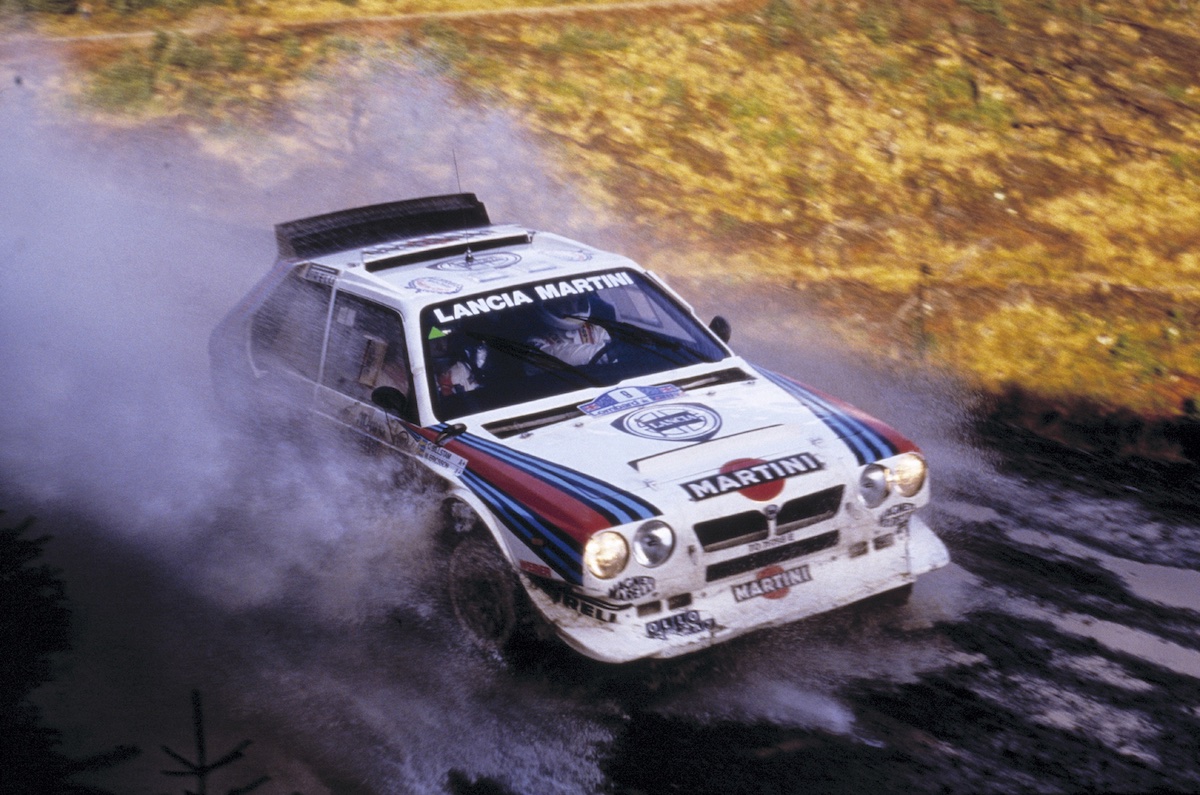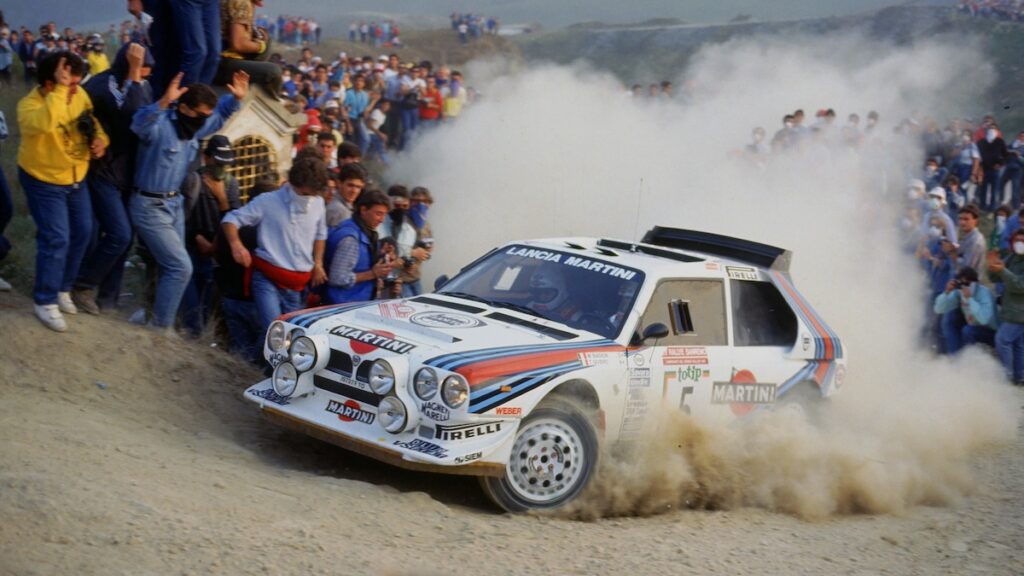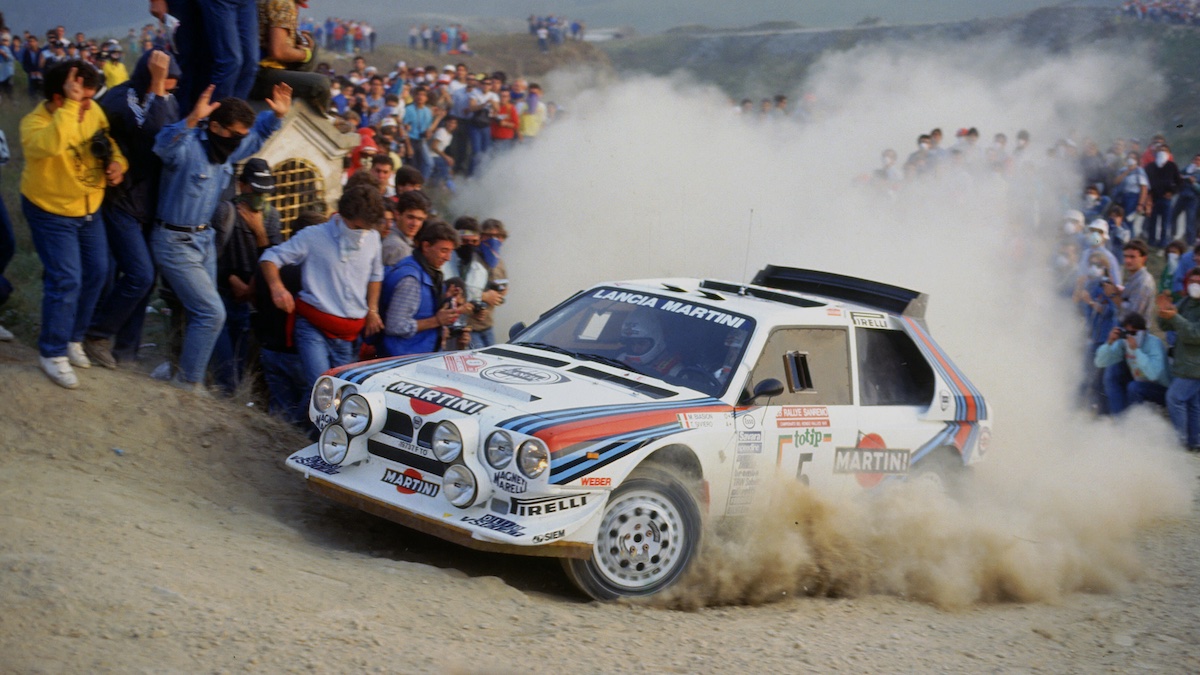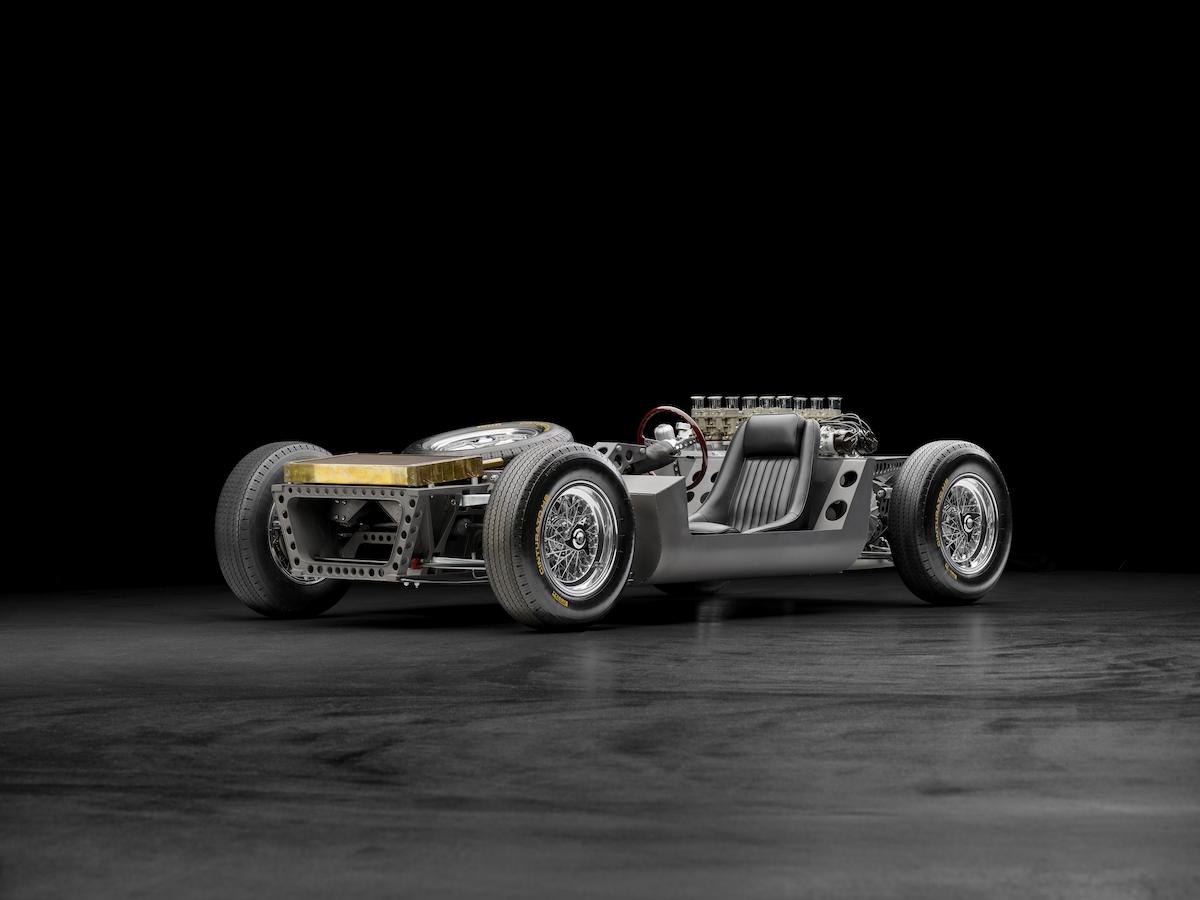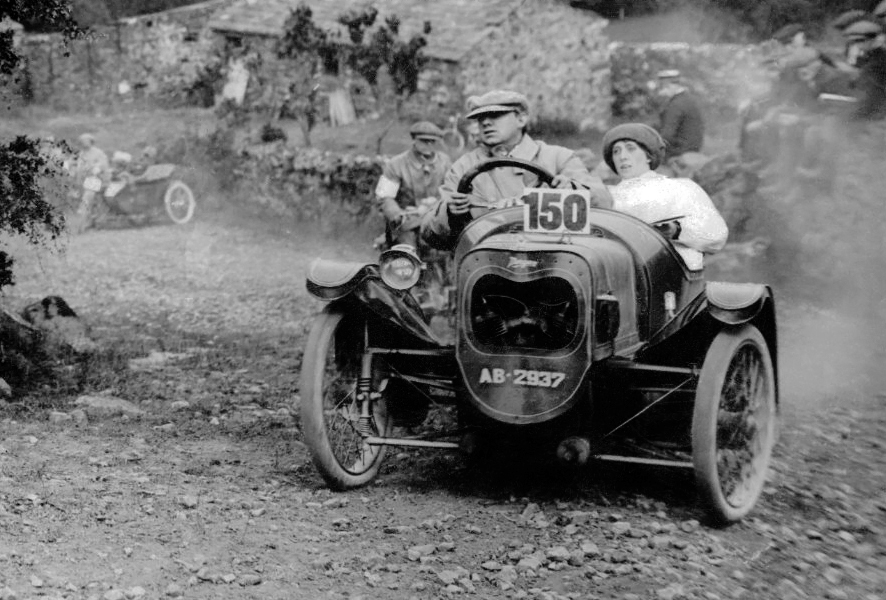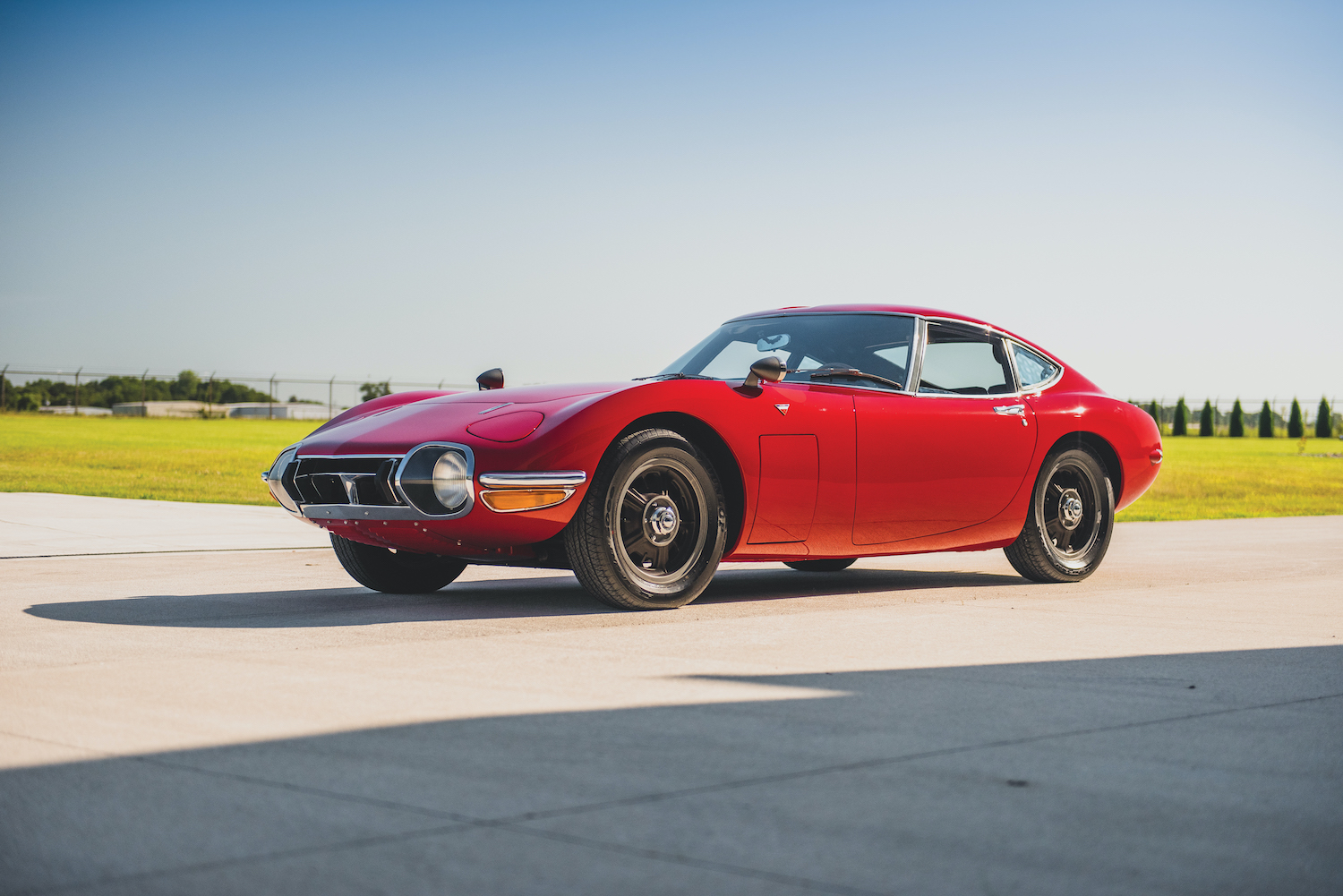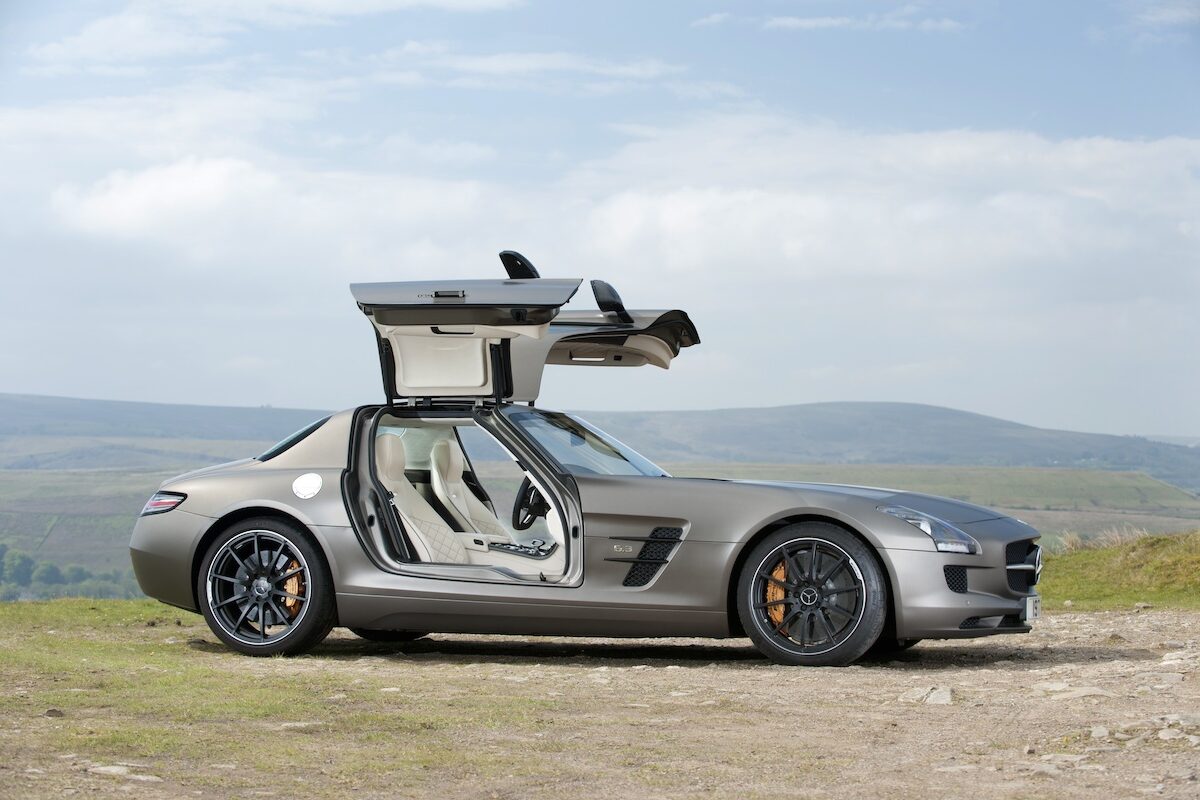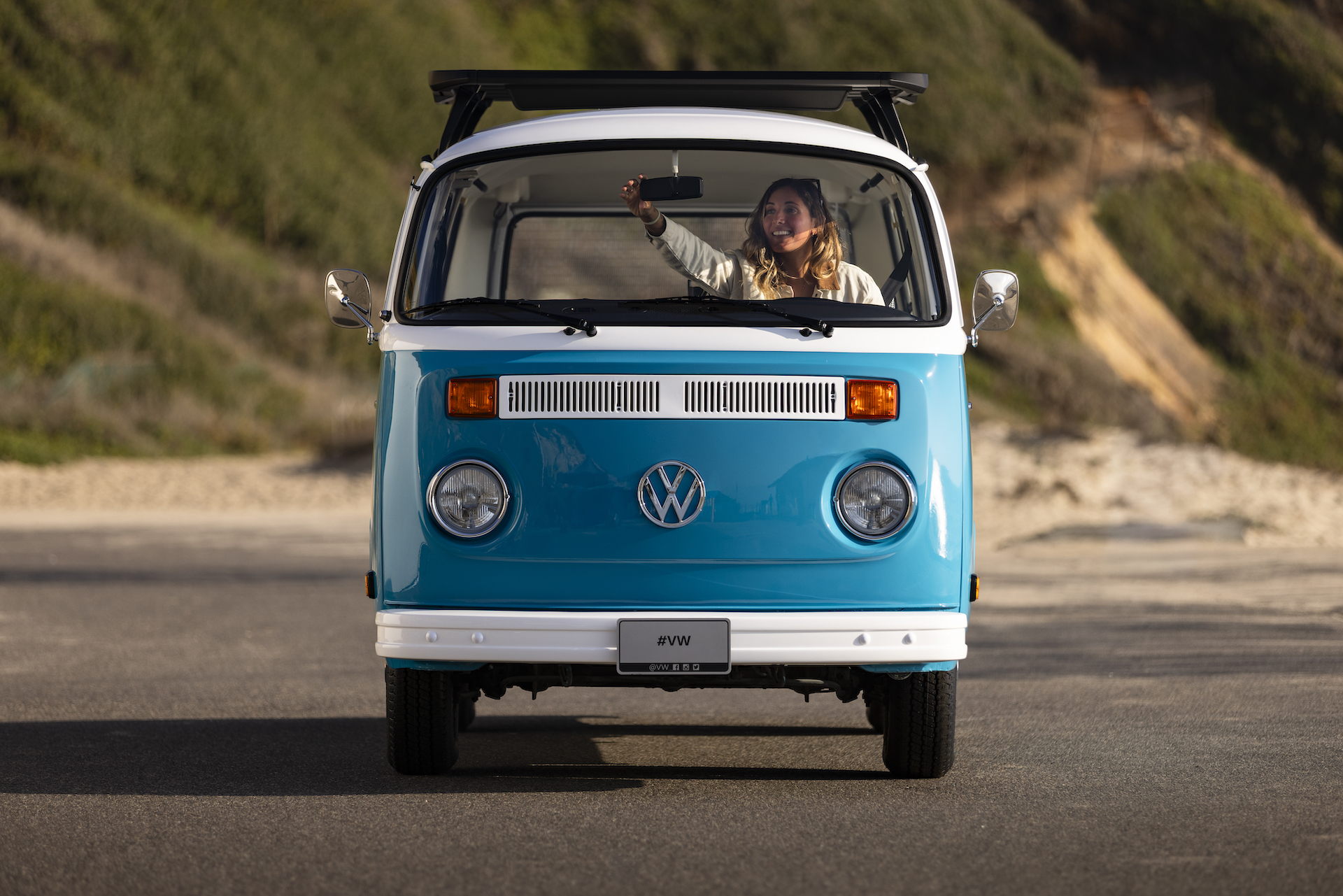From spending frosty mornings watching cars barrel down Canberra’s notorious ‘Mineshaft’ to later managing Subaru’s Championship-winning team in the 1980, Cliff Chambers has a long association with rallying. In this series, of which this is part six of 10, he takes a look back at the cars that have been most influential in the sport.
Through no fault of its own, Lancia’s Delta S4 is the car generally held responsible for the abrupt end to international Group B rally contests.
Lancias had for decades been front runners in European and then World rallying. In the 1960s, the brand had its front-wheel drive Fulvia, followed in 1973 by the Ferrari-engined Stratos and later the purpose-built 037. The Delta S4 was, however, a device more brutal than any of these.
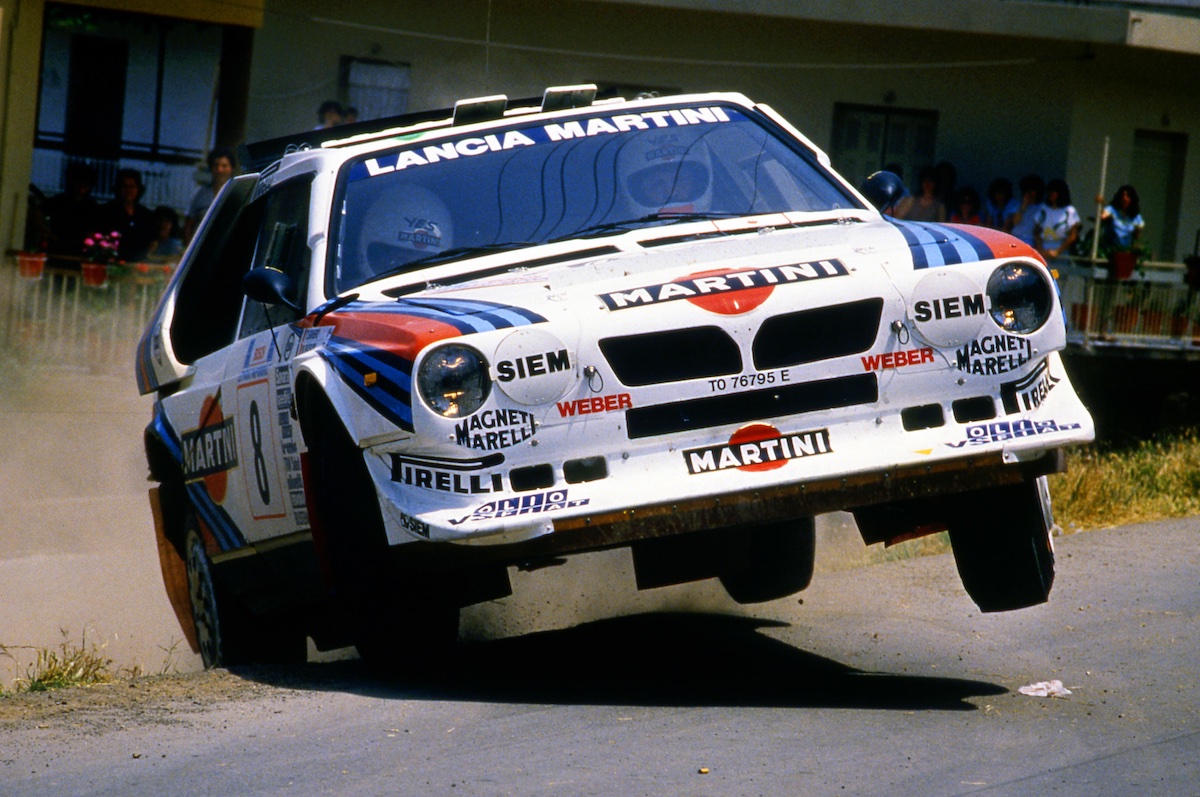
As with its Peugeot 205 T16 rival, the S4 was mid-engined, with production derived panels tacked over a lightweight spaceframe.
The engine began life as a 1.8-litre Fiat twin-cam, but in ultimate Group B form, with both a turbocharger and supercharger fitted to combat turbo lag, it was producing a hairy-chested 370kW.
Lancia Delta S4s finished 1-2 at their first event in 1985 and scored four more wins during 1986 (three scoring points).
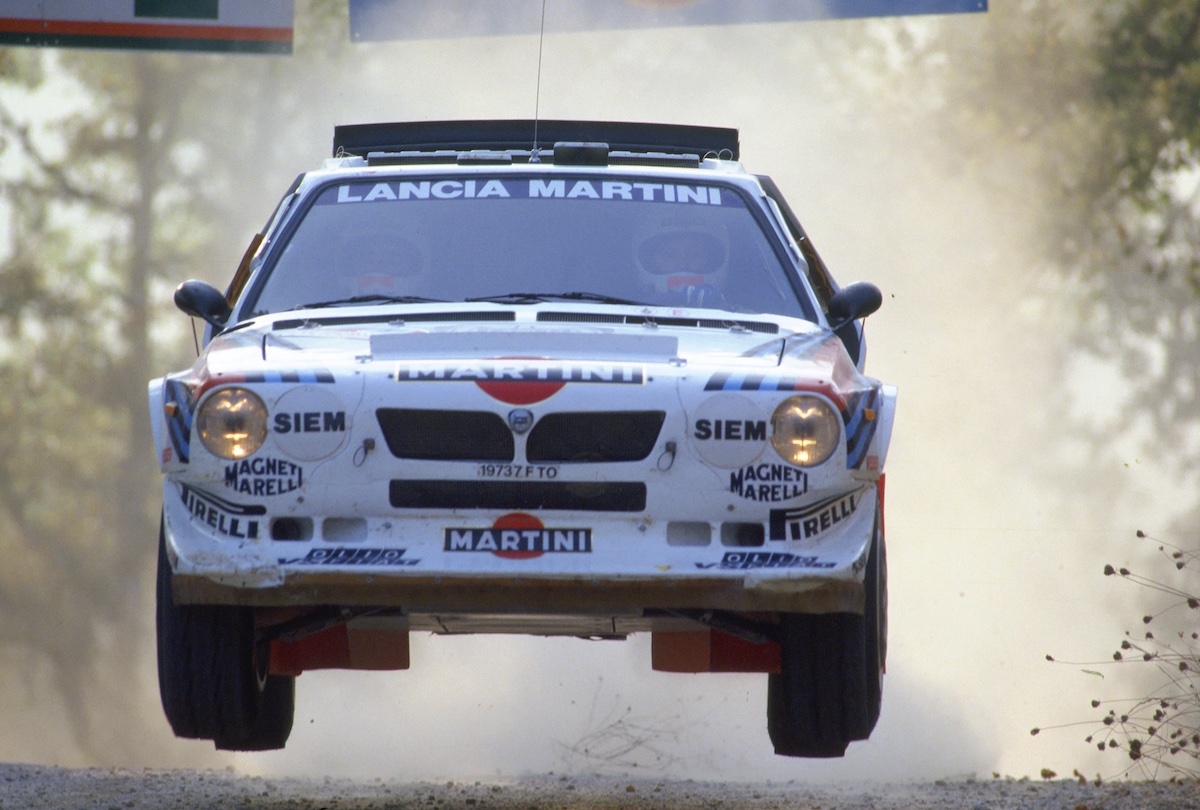
However, the deaths of Henri Toivonen and Sergio Cresto in a fiery crash during the Tour de Corsica soured the season for Lancia. That crash prompted rule changes that would outlaw Group B ‘monsters’ from the end of 1986.
Lancia continued to campaign Delta-based cars, though, and under revised Group A regulations achieved another 46 WRC wins from 1987-1992 with the Delta HF.
Want to know more about the history of automotive rallying? Click here to find out.
